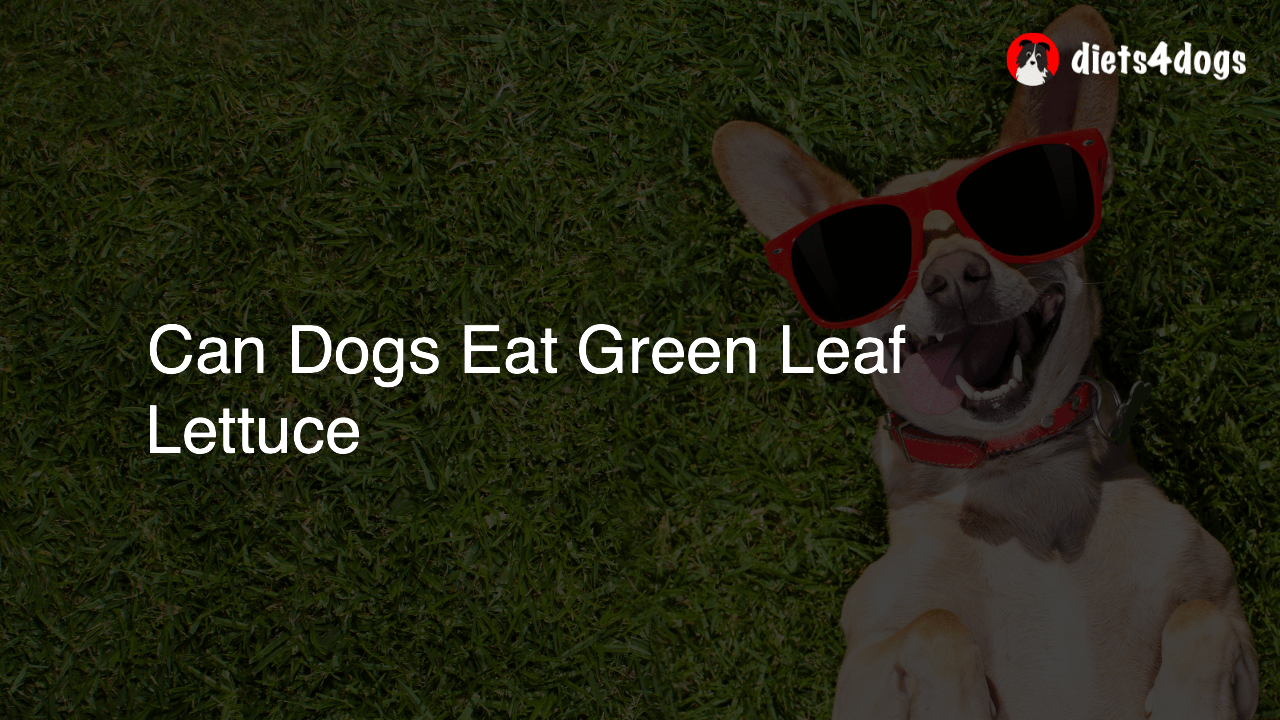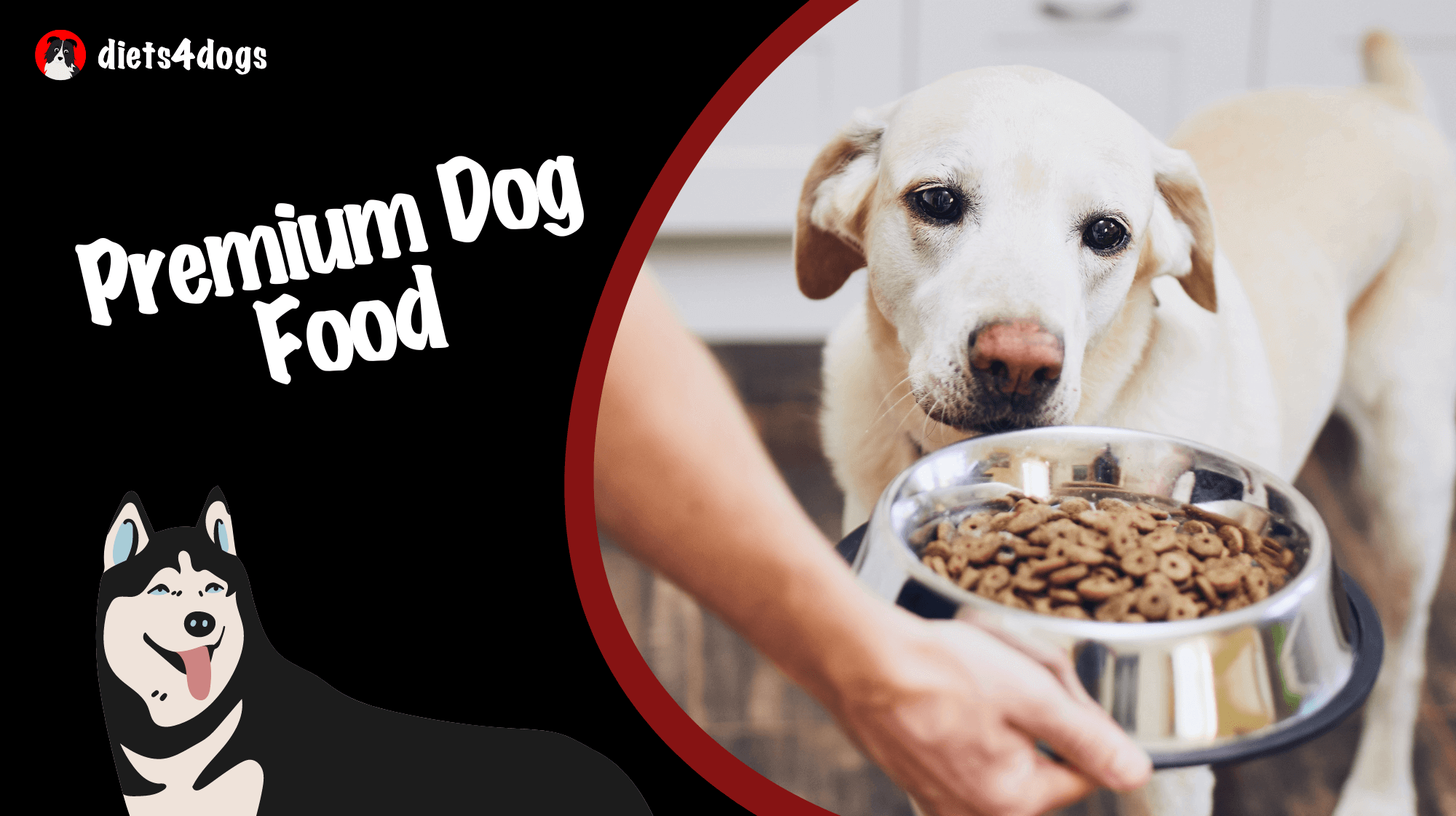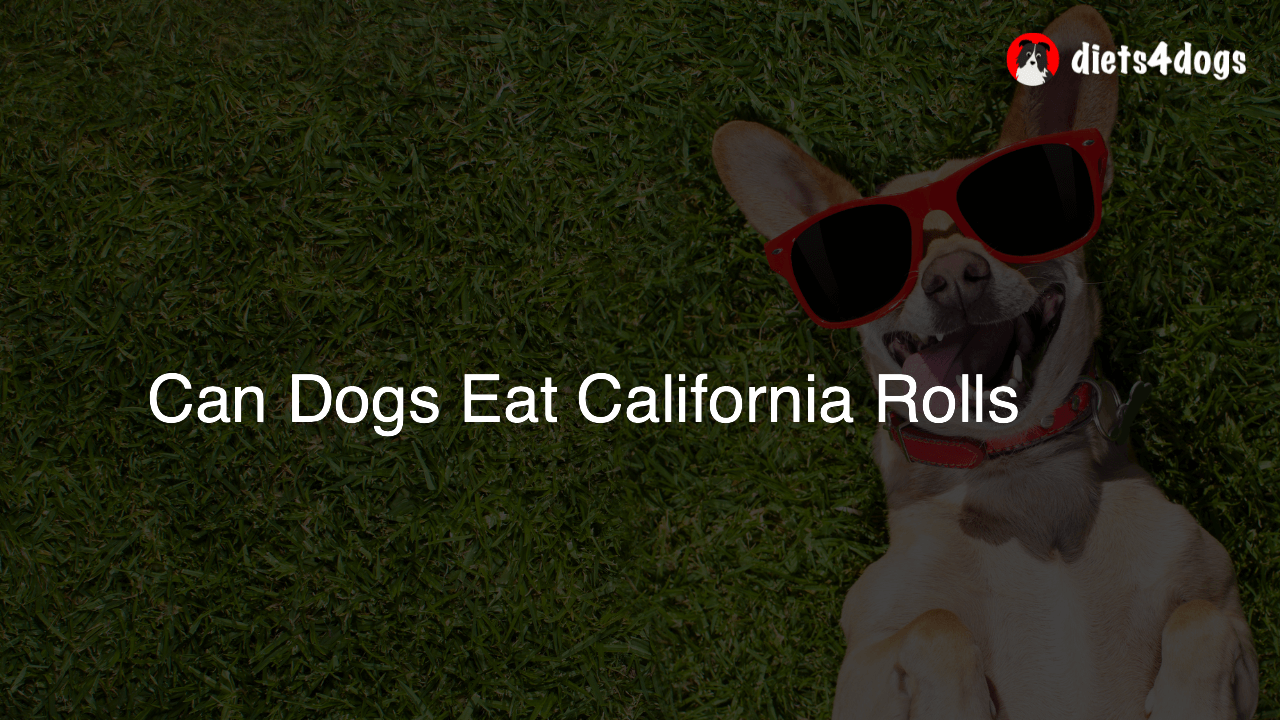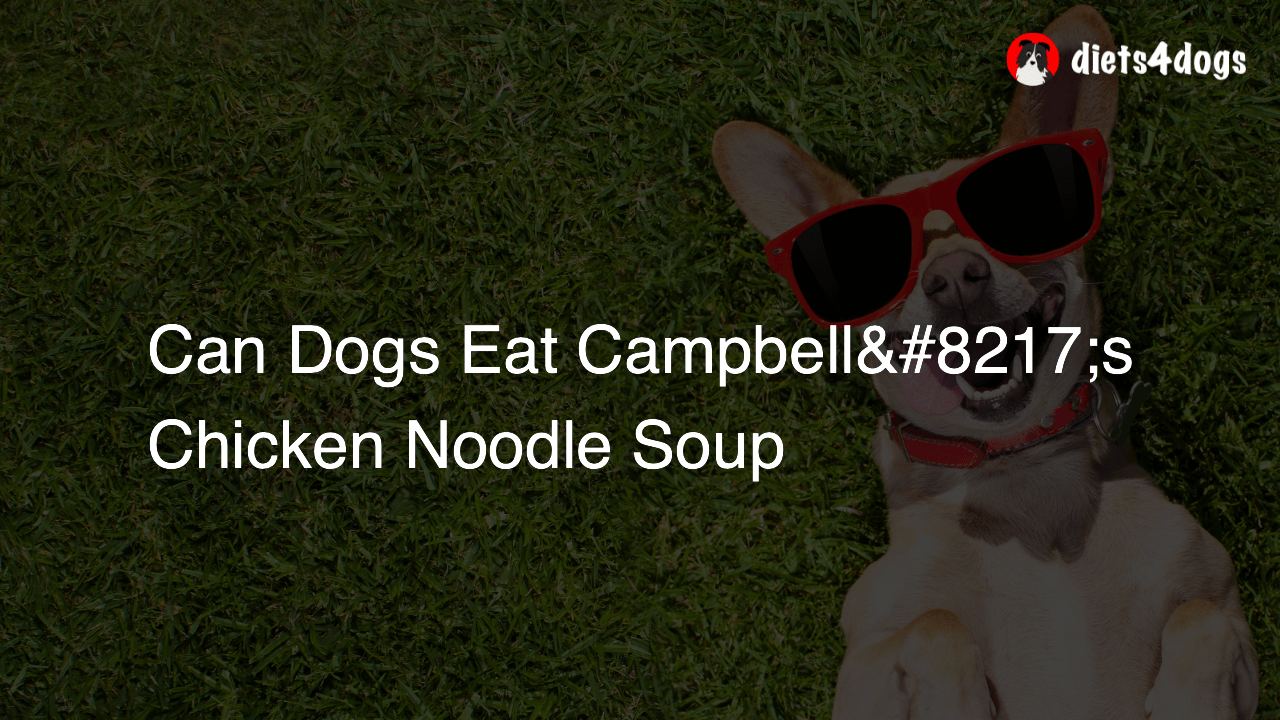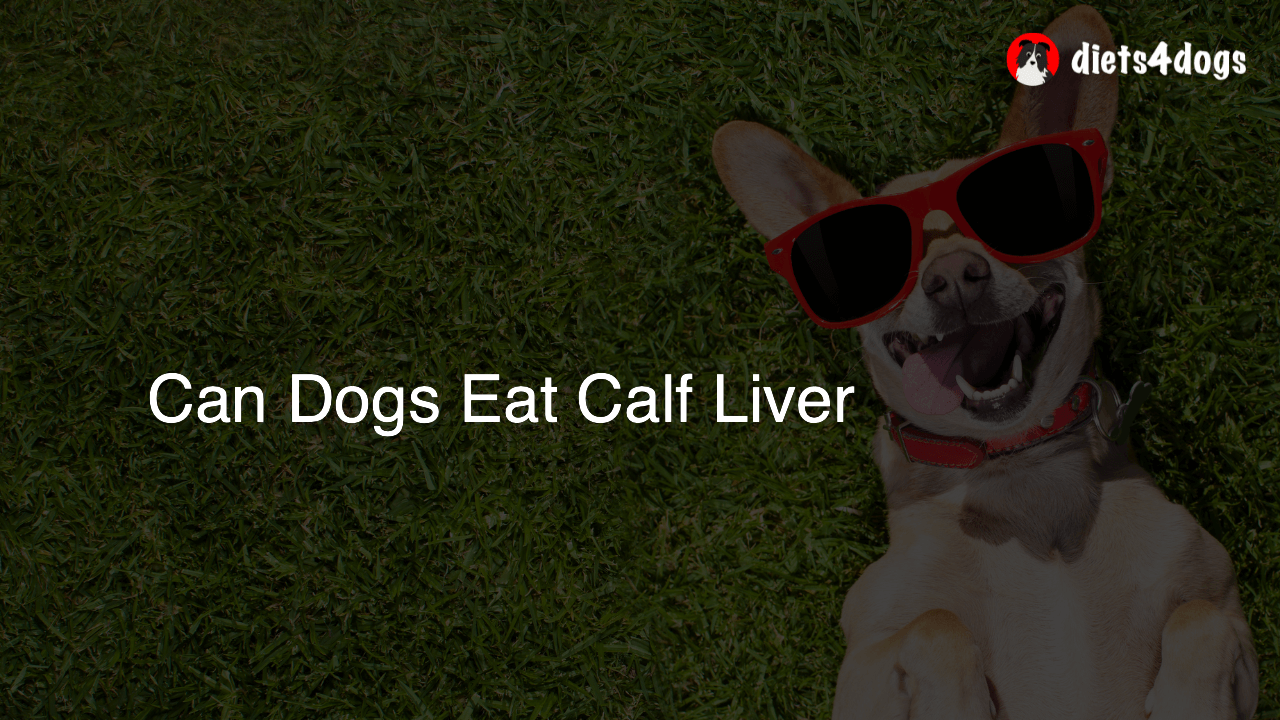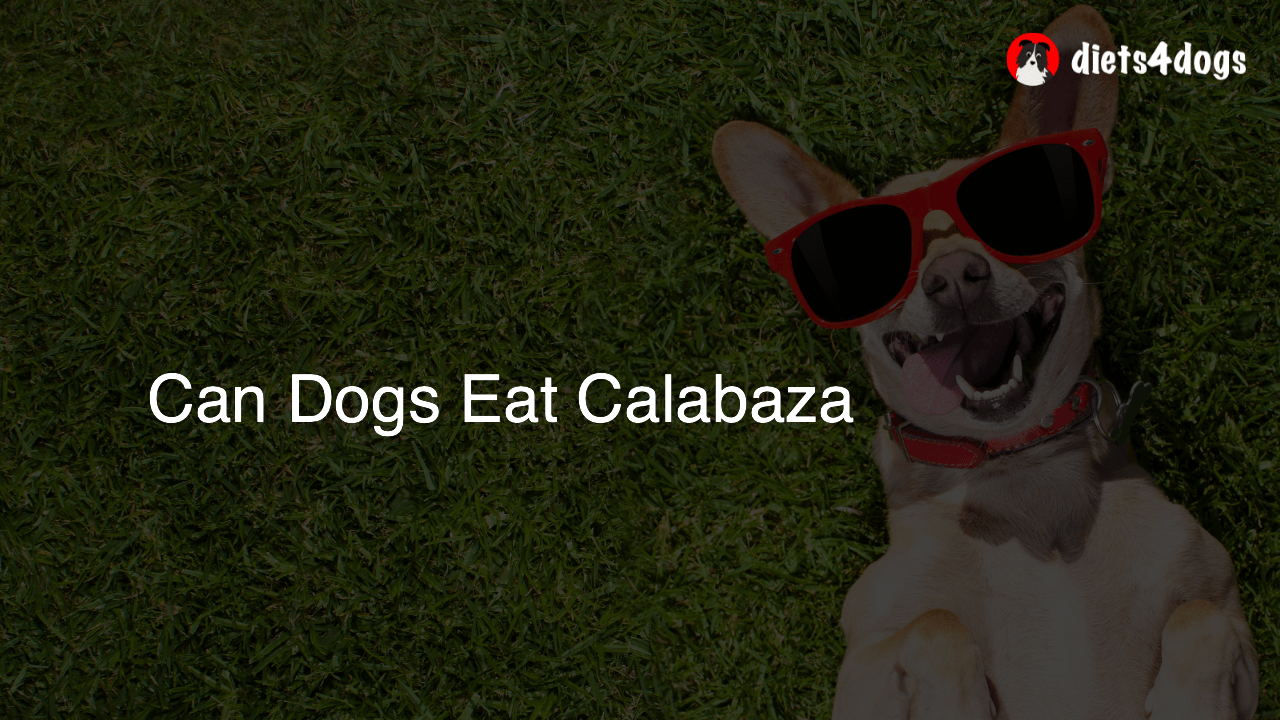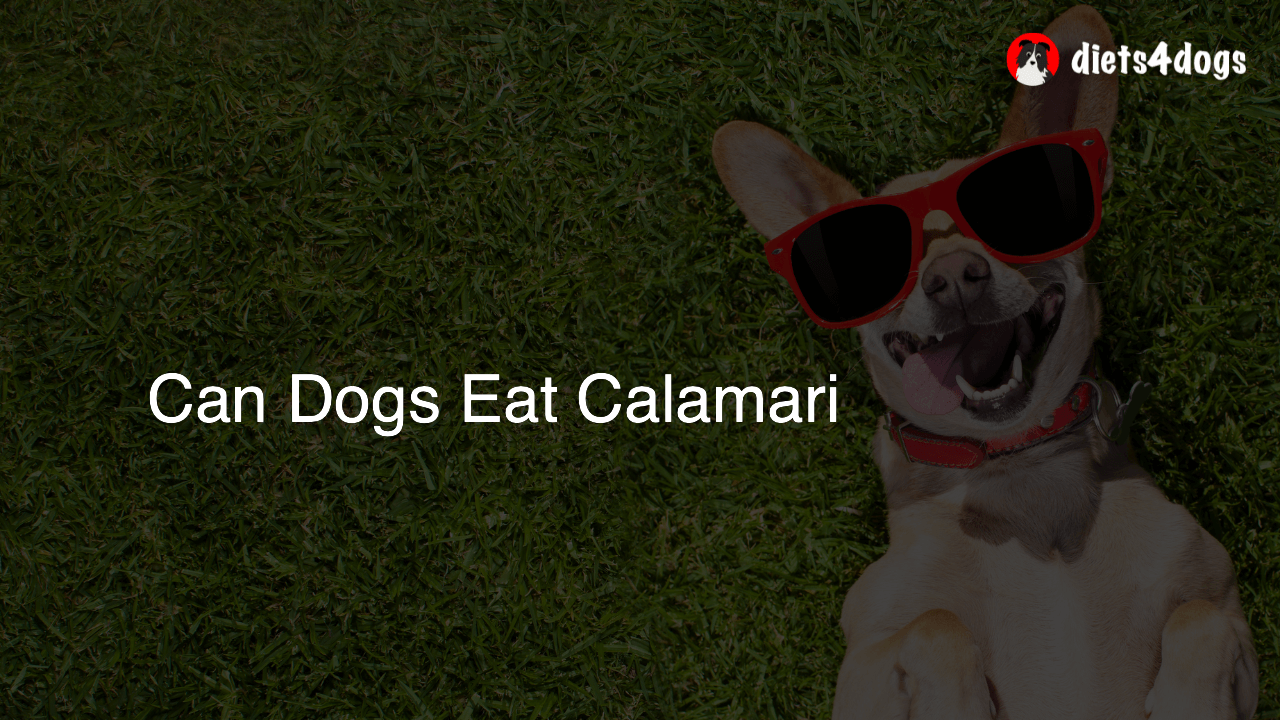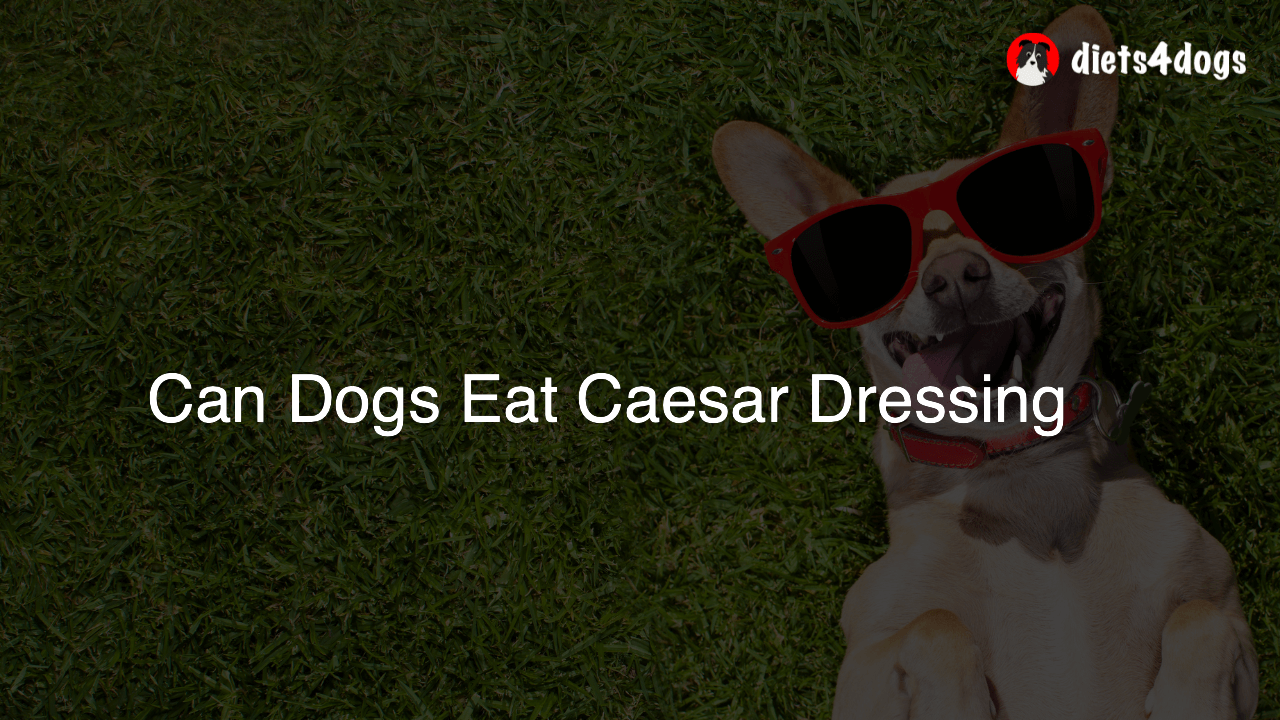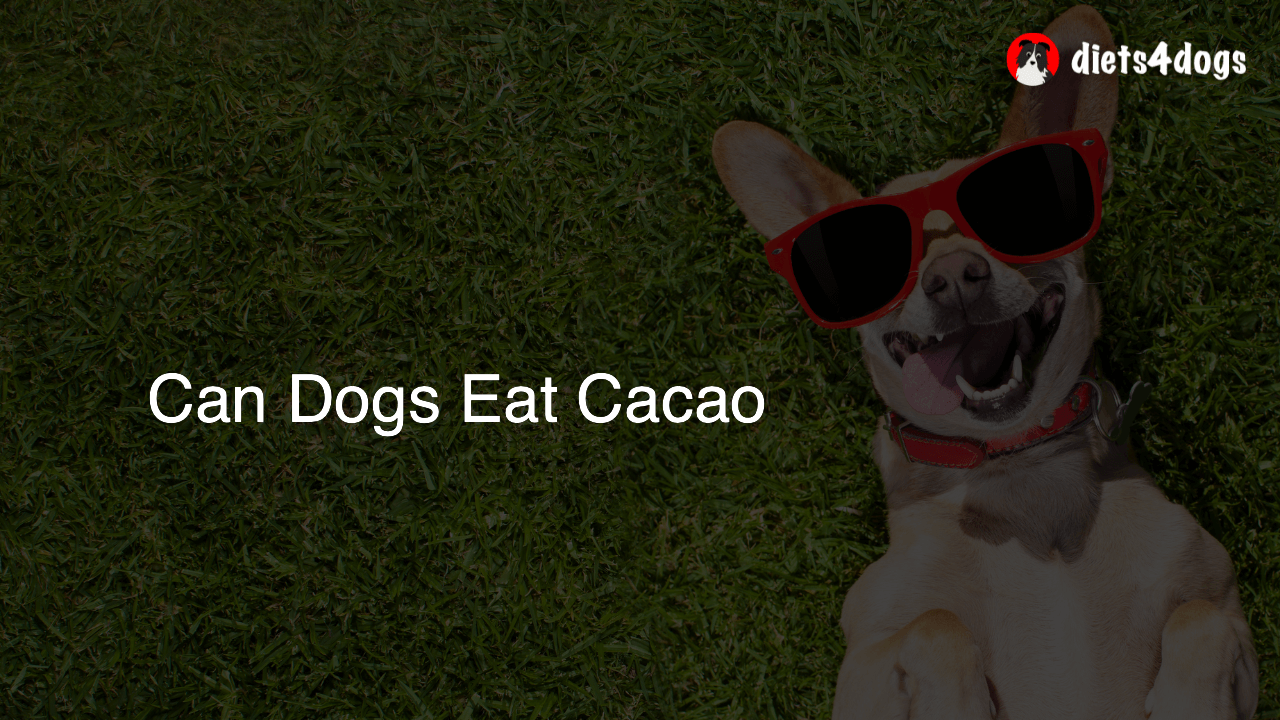Can Dogs Eat Green Leaf Lettuce
Yes, dogs can eat green leaf lettuce. It is a safe and non-toxic vegetable that can provide dogs with essential vitamins and minerals, such as Vitamin A, Vitamin K, and potassium. However, it should be fed in moderation and chopped into small pieces to prevent choking and improve digestibility.
Can Dogs Eat Green Leaf Lettuce: An In-Depth Exploration
Understanding the Nutritional Benefits of Green Leaf Lettuce for Dogs
Green leaf lettuce is packed with essential vitamins and minerals, making it a nutritious treat for humans and dogs alike. Some key nutrients found in lettuce include Vitamin A, Vitamin K, and potassium. Vitamin A is essential for maintaining good vision, immune system function, and healthy skin. Vitamin K plays a critical role in blood clotting and maintaining strong bones. Potassium is vital for proper muscle function and overall health.
Feeding Green Leaf Lettuce to Your Dog: Quantity and Precautions
While dogs can eat green leaf lettuce, it’s important to feed it in moderation. Too much lettuce can lead to diarrhea or an upset stomach due to its high water content. As a general guideline, lettuce should make up no more than 10% of your dog’s diet. Be sure to chop the lettuce into small, bite-sized pieces before serving it to your furry friend. This will help prevent choking and improve digestion.
Fun and Creative Ways to Add Green Leaf Lettuce to Your Dog’s Diet
There are several ways to incorporate green leaf lettuce into your dog’s meals or treats. Here are a few ideas:
- As a topping: Sprinkle chopped lettuce over your dog’s regular food (kibble or wet food) to add some extra nutrients and variety. Not only will it make the dog food look more appealing, but your pup might also appreciate the extra crunch.
- Frozen treats: Combine finely chopped lettuce with yogurt, peanut butter, or another dog-safe ingredient and freeze the mixture in an ice cube tray. These frozen treats are excellent for keeping your dog cool and refreshed during hot summer days.
- Stuffed toys: Stuff some chopped lettuce into a food-dispensing toy to make it more challenging and exciting for your dog. Not only will they enjoy the leafy greens, but they’ll also have a fun time working out how to get them.
Alternatives to Green Leaf Lettuce for Dogs
While green leaf lettuce is safe and nutritious for your dog, you might be looking for alternatives to supplement their diet. Here are a few other dog-friendly vegetables:
- Carrots: Rich in Vitamin A and fiber, carrots are an excellent low-calorie snack for dogs. You can serve them raw, cooked, or even frozen.
- Green Beans: Plain, unseasoned green beans provide a good source of fiber, Vitamin K, and Vitamin C. They can be served cooked, raw, or frozen.
- Broccoli: This cruciferous veggie is packed with Vitamin K, Vitamin C, and fiber. Serve broccoli in small, bite-sized pieces to prevent choking, and avoid feeding large quantities as it might upset your dog’s stomach.
Incorporating green leaf lettuce or other dog-friendly vegetables into your dog’s diet can be a fun and rewarding way to mix things up and provide your pup with some essential nutrients. Keep in mind that these should always be given as treats and never replace a balanced dog food in their diet. Just remember to feed them in moderation and enjoy watching your dog try new, healthy treats!
Ensuring a Balanced Diet for Your Canine Companion
While it’s great to incorporate green leaf lettuce and other dog-friendly vegetables into your pup’s diet, it’s crucial to remember that these should only serve as treats and should not replace a well-balanced dog food. Dogs require a diet that meets their specific needs, and commercial dog food is designed to provide all the necessary nutrients, such as proteins, fats, vitamins, and minerals, in the right proportions.
How to Choose the Right Dog Food
When selecting the best dog food for your furry friend, consider the following factors:
- Age, Breed, and Size: Different dog breeds, ages, and sizes have varying nutritional needs. Select a dog food tailored to your dog’s life stage and size for optimal health.
- Ingredients: Look for high-quality ingredients, such as whole meats or meat meal from a specified source (e.g., chicken meal). Avoid generic sources like “meat meal” or “animal by-products.”
- Nutritional Analysis: Check the Guaranteed Analysis on the dog food label to ensure it meets the minimum requirements set by the Association of American Feed Control Officials (AAFCO).
- Grain-Free or Grain-Inclusive: Depending on your dog’s dietary needs and preferences, you might choose a grain-free or grain-inclusive diet. If you suspect a grain allergy or intolerance, consult with your veterinarian for guidance.
Monitoring Your Dog’s Response to Green Leaf Lettuce
As with any new food or treat, observe your dog’s reaction to eating green leaf lettuce. Every dog is unique, and what works for some may not work for others. If you notice any signs of distress or changes in behavior, consult your veterinarian before continuing to serve lettuce to your dog. Always prioritize your pet’s health and well-being, even when introducing healthy and dog-safe vegetables into their diet.
Signs of Food Intolerance or Allergy
Monitor your dog for the following signs, as they may indicate a food intolerance or allergy:
- Excessive itching or scratching, especially around the face or paws
- Chronic ear infections or inflammation
- Recurring skin issues or infections
- Constipation, diarrhea, or vomiting
- Changes in appetite, weight, or energy levels
If you suspect that your dog has a food allergy or intolerance, consult your veterinarian for their expert advice and possible treatment options.
Summary
Green leaf lettuce can be a healthy treat for dogs, providing essential vitamins and minerals in moderation. It’s important to maintain a well-balanced diet, mainly consisting of high-quality dog food. Monitor your dog’s response to lettuce and consult your veterinarian if you notice any adverse reactions. The key to keeping your dog happy and healthy is to provide the right mix of nutrients and regular veterinary check-ups to ensure their optimal well-being.
Frequently Asked Questions about Green Leaf Lettuce and Dogs
Here are some frequently asked questions regarding dogs and green leaf lettuce or their vegetable consumption in general. We hope that these answers can help guide you through your journey of adding wholesome, nutritious treats to your dog’s diet.
1. Can dogs eat iceberg lettuce?
Yes, dogs can eat iceberg lettuce safely. However, it has less nutritional value compared to green leaf lettuce, as it contains fewer vitamins and minerals. As with any vegetable, serve iceberg lettuce in moderation and chopped into small pieces.
2. Are there any risks associated with feeding dogs lettuce?
Feeding dogs lettuce in moderate amounts is generally safe. However, serving excessive quantities may cause gastrointestinal upset or diarrhea due to its high water content. For the avoidance of choking hazards, always chop lettuce into small pieces before feeding it to your dog.
3. Can dogs eat romaine lettuce?
Yes, dogs can safely eat romaine lettuce. It is a more nutritious alternative to iceberg lettuce, providing vitamins and minerals like Vitamin A, Vitamin K, and potassium. Serve it in moderation and chopped into small pieces.
4. How much lettuce should I feed my dog?
Lettuce should only make up a small portion of your dog’s diet, around 10% or less. Keep in mind that their primary source of nutrients should come from a well-balanced dog food. When feeding lettuce or any other vegetables, always offer a moderate amount and monitor your dog’s reactions.
5. Can dogs eat spinach?
Dogs can eat spinach, but it should be given in moderation due to its high oxalate content, as excessive consumption may cause kidney damage. Cooked and chopped spinach is easier to digest than raw spinach for dogs.
6. Can dogs eat lettuce every day?
While dogs can eat lettuce, it should only be given as an occasional treat instead of daily consumption. This ensures that they maintain a balanced diet from their dog food, providing them with all the essential nutrients they require.
7. How should I prepare lettuce for my dog?
Before serving lettuce to your dog, wash it thoroughly to remove any chemicals or insecticides. Chop it into small, bite-sized pieces to prevent choking and make it easier for your dog to digest.
8. Can dogs eat kale?
Dogs can eat kale in small quantities, as it is a rich source of vitamins and minerals. However, excessive amounts can lead to kidney and bladder stones due to its high calcium oxalate content. Cook and chop kale before feeding it to your dog to aid in digestion.
9. Can dogs eat cucumbers?
Yes, dogs can safely eat cucumbers in moderation. They are low in calories and high in water content, making them a hydrating and healthy treat. As with other vegetables, serve cucumbers in small pieces to prevent choking.
10. Do dogs really need vegetables in their diet?
Vegetables are not an essential part of a dog’s diet, but they can provide extra vitamins, minerals, and fiber that can benefit their health. Remember to feed your dog a well-balanced dog food to ensure they receive all the necessary nutrients, with vegetables serving as occasional treats.

